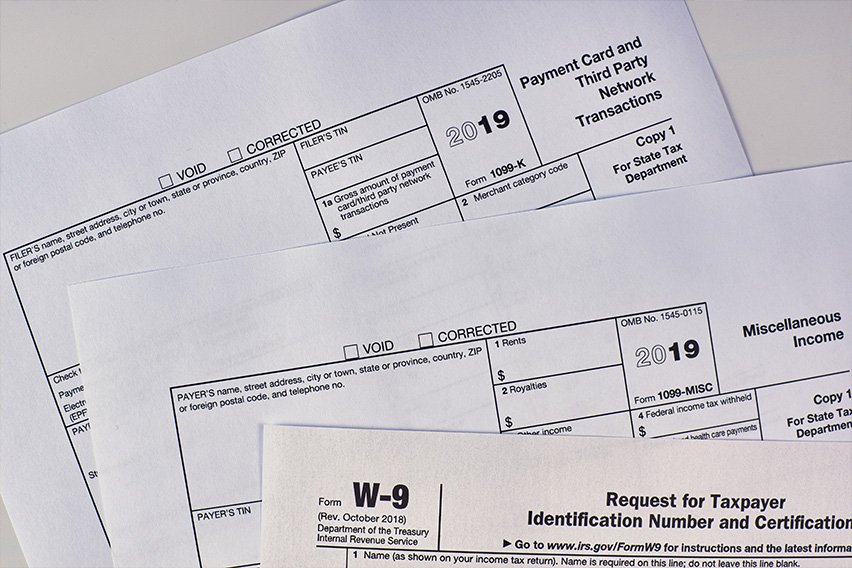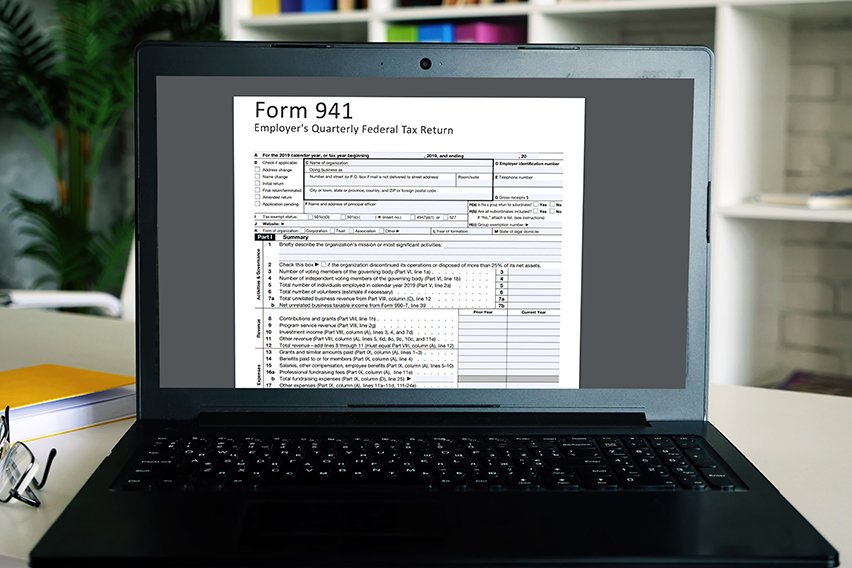How to Manage Payroll—Payroll Tips for Small Businesses

For most small business owners, doing payroll is one of the most confusing, tedious and time-consuming business activities—but it’s also one of the most necessary ones! Problems can lower employee morale, tie up crucial company resources and run even the most successful business into the ground.
Here are nine payroll tips that will help make payroll easier, more accurate and less of a hassle:
1. Register for an Employer Identification Number
Before you can start putting employees on payroll, you will need an Employer Identification Number (EIN). Just like your Social Security number (SSN) is to you as an individual, your EIN is a way to identify your small business for tax purposes.
Most, but not all, small business owners need to get an EIN before they can apply for licenses, file payroll taxes or even open a bank account. Depending on where your business is based, you may need to get a state-level EIN on top of your federal EIN.

2. Decide on Pay Schedule and Salary Status
Pay frequency and wage status are two of the key decisions you have to make as a small business owner. Let’s break that down:
- Pay frequency, also known as pay schedule, is when you pay your employees and how often they get paid. Check federal and state laws to ensure that you are meeting your area’s minimum payday laws. The most common payroll schedules include weekly, bi-weekly and monthly payments. No matter what you pick, keep it consistent and pay on time.
- Salary status is how wages are computed. You can choose between paying an hourly rate (nonexempt employees) or paying a salary (exempt employees). The right salary status is largely based on the individual needs of your small business as well as the employee’s position.
3. Understand and Abide by Wage Laws
No matter what, your business or company must be compliant with both federal and state laws. This means that you (or someone in your company) needs to understand what your legal and financial obligations are as an employer.
Make sure that you’re paying the right employment taxes/Federal Insurance Contributions Act (FICA) taxes (i.e., Social Security and Medicare), the right local and state tax, and the right income tax per employee. Double-check your payroll process to ensure that every employee gets paid accurately and on schedule. Monitor your payroll tax deposits to ensure they keep to a regular schedule according to your tax liability.
4. Set up a Payroll System
A payroll system is any kind of system that helps you calculate and manage your employees’ paychecks. Generally, you have three options:
- Manual: Some small businesses choose to do payroll by hand, mostly because of the cost savings. However, manual payroll is the most tedious and time-consuming, as well as the most prone to errors.
- Outsourced: If you have the cash to spare, you can hire someone else to do your payroll for you. They will usually handle everything, from processing paychecks to handling tax deposits, payroll taxes, employment taxes, etc.
- Software: Payroll software combines the best of both worlds—the cost-effectiveness and control of manual with the time-savings, accuracy and convenience of outsourced. Before diving into payroll software, however, it’s essential to understand how does payroll system works, as this will help you make the most of the software’s features. Plus, most software today have comprehensive features, offering everything from storing information to calculating payroll tax and beyond. For example, Gusto is a FreshBooks integration that imports your payroll transactions automatically. It can help you make more accurate records without compromising speed.
When choosing the right payroll service for your business, it’s important to weigh several factors before making a decision. Always consider the following:
- Budget: How much are you willing to spend on your payroll system? If you have a tight budget, then outsourcing your payroll is most likely out of the question. Keep in mind, however, that your time is valuable—it might be more cost-effective in the long run to spend a little more on your payroll.
- Number of employees: Payroll is a lot easier for businesses with only a few employees. If doing payroll manually only takes you a couple of hours a week, then perhaps your system is working for you. The bigger and more complex your company, the more you’ll need some outside help.
- Confidence: Do you have an accounting or HR background? How confident are you in your accuracy and payroll management skills? If the answer is “not very,” consider outsourcing the task or letting professional payroll software do it for you.
5. Outline Your Payroll Policy and Processes
Before running your first payroll, it’s important to establish a standard payroll policy. This ensures that everyone from management to HR to your employees is on the same page about how payroll works, when the payroll period is, how much they can expect to take home, and how benefits (leave, overtime, etc.) are paid.
6. Use a Time-Tracking System
A timekeeping system is a great way to manage your employees’ productivity and calculate their wages, especially if you’re paying hourly rates. It’s important to have a time-tracking system that’s both easy to use but difficult to manipulate. There are many different time sheet solutions, including systems that integrate right into your payroll system for even more accurate information across the board.
7. Keep Track of Your Cash Flow
It is every business owner’s greatest fear: not having enough cash to pay your employees. If you’re regularly short during payroll period, taking a look at your cash flow could help you identify the root of the issue.
It is every business owner’s greatest fear: not having enough cash to pay your employees. If you’re regularly short during payroll period, taking a look at your cash flow could help you identify the root of the issue. Monitoring your cash flow will help you spot potential payroll problems like overstaffing or overpaying. During financially stressful periods, try to delay a vendor payment or collect outstanding customer payments before resorting to more extreme cash flow management tactics like delaying wages or downsizing.

8. Invest in a Payroll Manager/Point Person
Payroll can be a very complicated task, especially when it comes to medium- to large-sized business, so it’s no surprise that many companies opt for the easiest yet most reliable option: hiring a professional payroll manager.
Instead of spending hours of your own time handling payroll, why not invest in someone who can do it better and faster so that you can spend more time actually running your business? If full-time payroll staff won’t fit in your budget, consider hiring a freelancer or simply delegating the task to one of your most skilled and trusted employees.
9. Maintain Employee and Payroll Records
Both federal and state governments have laws about retaining and storing payroll records, in case government agencies need to access that information. For active employees, you cannot dispose of time cards for two years, and any payroll information regarding paid wages for at least three years. There are also laws governing the disposal of payroll records after termination.
Conclusion
For most small business owners, doing payroll is the worst part of the job. But with these handy tips, paying your employees will be easier, more accurate and more streamlined than ever before.
RELATED ARTICLES

 Cash vs. Accrual Accounting: Difference Explained
Cash vs. Accrual Accounting: Difference Explained How to File 1099: 5 Easy Steps
How to File 1099: 5 Easy Steps Tax Deductions for Self-Employed Business Owners: Everything to Know
Tax Deductions for Self-Employed Business Owners: Everything to Know What Is SECA Tax? A Simple Guide to Self-Employed Tax Obligations
What Is SECA Tax? A Simple Guide to Self-Employed Tax Obligations What Is Form 941? Facts and Filing Tips for Small Businesses
What Is Form 941? Facts and Filing Tips for Small Businesses How To Calculate Payroll Taxes: Step-by-Step Guide
How To Calculate Payroll Taxes: Step-by-Step Guide